YEAR-round racing. Inflated purses. Breeding and raising horses for the sales grounds, instead of the racetrack. Scraping and screwing foals’ defects.
The replacement of old-time sportsmen with new-money businessmen.
Dirt tracks. 14-race cards. Souped-up racetracks on big days. Storm Cat. Unbridled’s Song. Micro shares. A lack of uniform medication rules from state to state. Turf sprints and dirt sprints and the disappearance of distance races. Racetrack owners who don’t want to own racetracks. State by state competition.
Overused turf courses. Training and racing at the same circuit. One-mile dirt ovals, left the only direction. The reliance on the clock at two-year-old sales. Antiquated training facilities. Mega stables. Untrained workers. Unlimited stallion books.
The competition of sports gambling. The claiming game. Social media exposure. Animal rights pressure. The abuse of what were once therapeutic medications. Volatile weather which will only get worse.
It takes a billion straws to break the camel’s back.
People talk about a magic pill to fix racing, from synthetic tracks to veterinary protocol to government control. Right now, after a tumultuous Saratoga season, I’m reaching for the morning-after pill.
I’ve been coming to Saratoga since I was a kid, climbing in the back of Dad’s horse van and rolling into the throwback town as the sun came up over the storied grandstand.
I rode races here for 13 years. Written a newspaper about this beautiful place for 23 years. Stayed every summer here since 1989, other than the lost season to Covid. And it’s never felt like this.
Saratoga concluded on Monday.
The sport limps away from its yardstick, from its barometer, from its flagpole. Saratoga has long stood as the one time to be a racing fan, the one time to block away all the problems, the one time to bask in what is good and enjoy the sport for all its worth.
Deal with the problems, the issues, the frailties another day, this is Saratoga. The final respite, the last port of call, the remaining bobbing buoy in the savage storm. This year, we tried, by God, we tried. But we failed.
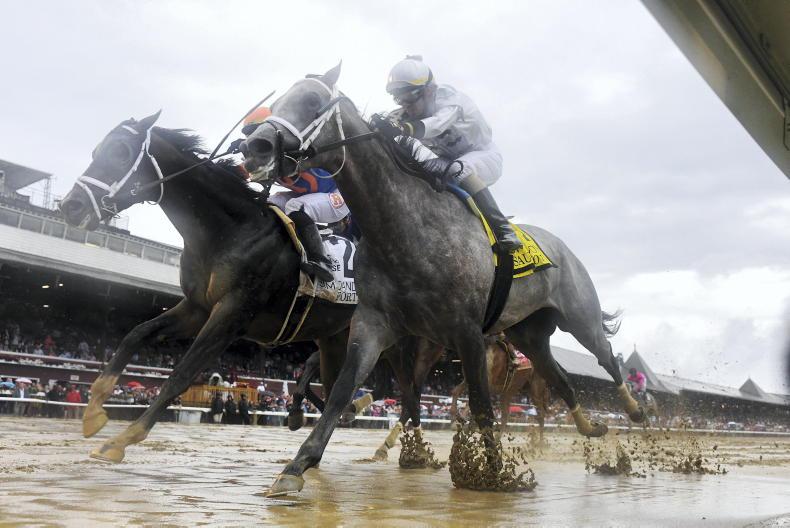
Moments
Sure, there were some moments of majesty.
Channel Maker dialing the clock back one more time to win the Bowling Green, that big, beautiful head and long, languid stride defying age yet again. Casa Creed, the opposite model, head lowering, stride lowering to win a Grade 1 stakes at seven years of age. Yeah, those were sweet.
Dylan Davis winning 19 races, Katie Davis winning seven races and Jackie Davis winning 17 at Finger Lakes while trying to win one at Saratoga, part of a family who has seen the worst of horse racing and have done their part to be the best of horse racing.
Elite Power nailing Gunite on the line in the Vanderbilt, Bill Mott turning and saying, “That was ------- amazing, huh? Like a child who had seen Superman.
Gunite returning the favour in the Forego, breaking serve, clawing one back in a tough 1-3 match. Those two were good for the soul.
Arcangelo proving yet again that a good eye at the sale is better than a big budget at the sale and that, yes, little trainers can win big races if given a chance. Javier Castellano returning to his prolific best, winning his seventh Travers. We’ve seen them all.
A trainer’s battle to the end, Linda Rice winning the final race to force a tie with Chad Brown. Scorchers by Echo Zulu. Three wins by Ichiban. Canterbury-based Esteban Martinez winning a Grade 1, albeit, in the most painful way. The return to form of Bolshoi Ballet. A graded stakes win for Mertkan Kantarmaci. Strong stances from owners, trainers, jockeys and horses who have put everything into meets like this.
And for me, yes, Awakened [won the Grade 1 Jonathan Sheppard Steeplechase Hurdle] made my meet. Evidently, I go 25 years between Grade 1 stakes wins at Saratoga. Once as a jockey and once as an owner. Look out, 2048.
Moments of despair
And, sadly, there were moments of despair. You know the ones. They are singed on our soul.
The fatalities of Maple Leaf Mel and New York Thunder took all the wind from this beautiful sail. Undefeated burners, putting away all comers, the last few strides in a victory ride and breaking in half in front of our eyes. We’ll never be the same. The sport will never be the same.
A friend of mine called last week and said he’s finished, selling his two mares, giving away his homebred yearling if he can find a taker.
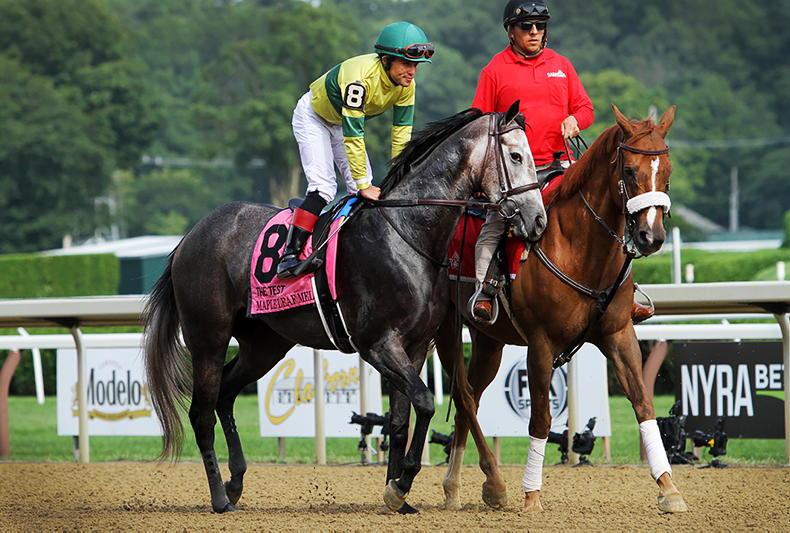
He’s been on every board ever created, fought the good fight. I could barely muster a rally call, recognising the mountains he’s already climbed and the ones still to come.
I’ve heard the same thoughts, read the same thoughts from various other members of racing over the years and sadly, they just get louder with each passing day, with each flunking race.
Nobody wants to leave. Nobody wants to abandon the sport.
As trainer Fernando Abreu said while being interviewed for the stable tour, “What else am I going to do? It’s all I know. I’ve been on the racetrack since I was 16. I can’t go be a plumber. I can’t do anything else.”
And he doesn’t want to do anything else. He just wants this to be better. Paperwork from HISA is not helping. Investigative brawn from HISA would help.
That’s for another column, another day.
As for us, we’re not going anywhere. We owe it to the horses. We figure the horse is better with us in the game. It’s that simple. That’s how we justify it. That’s how we continue.
So, yeah, we’ll stay in for the good of the game, for the good of the horse, and come back next year for those two reasons. All the while, trying to address and attack all those billion straws which need addressing, need attacking. The camel’s back has swayed, and no one noticed the swaying.
We used to dance on the bar at Sperry’s to celebrate the end of Saratoga. This year, there is no Sperry’s, the racetrack haunt shuttered for good. And there is no dancing, the racetrack fatalities, the game’s uncertainty, killed the music.
CONCENTRATE on the tangible and aim for improvement. We can make racing safer, we can’t make it safe. We will never placate the radicals. Focus on the reasonable.
Invest in and improve training facilities. NYRA has done a herculean job on the Oklahoma turf courses, the widening and improving of the Oklahoma dirt surface and other upgrades at Saratoga.
The renovations at Belmont are commendable. We need to keep improving facilities for horses. We have far too many horses galloping on too little dirt. Could NYRA buy/lease Greentree? How about just the use of the synthetic track?
Create walking and jogging trails so horses can turn right again. Invest in an on-site equine therapy centre where horses can receive supervised care, a free hyperbaric chamber, salt-water cold spa visit, salt vapor session, whatever for every start.
Breed to race. Even if you’re breeding to sell, the approach needs to bend back to breeding to race. The home run has become the sales ring, which I get, but if the approach to get there leads to strikeouts later in the game, that’s a mistake. Surely, we are breeding and raising our horses differently.
Breeding for speed over soundness, overtaxing young horses to get to the sales, surgeries to strip and straighten and raising horses in overly controlled settings hurts the game in the long run.
Racetrack safety
Improve jockeys’ mental health and racetrack safety. Ultimately, the jockeys are in control at the most critical time. We need jockeys hydrated. We need jockeys mentally stable.
We need jockeys to ride straight and safely. I’m all for monitoring whip use, but counting strikes while horses crash into each other like amusement park rides should not be the priority.
Run fewer races per day. Is there enough time for proper track maintenance as we run more each day? Training hours meld straight into racing hours which now last longer into the night.
Be careful paying people to run.
Back in the day, they never ran turf sprints here because they said it would damage the turf too much. One Saturday, less than 24 hours after four races were cancelled because of rain, seven turf sprinters blitzed through fractions of :21.92, :45.19 and :57.29 on soft turf.
Can the turf courses withstand this over a 40-day meet? I understand the needs of management and I understand the wants of horsemen, but we need to better balance short-term gain and long-term damage.
Disconnect
There is a disconnect between the organisations making and mandating rules and the people working with the horses every day. We need to decrease that disconnect. Right now, it’s lab coats and microscopes on one side, dungarees and endoscopes on the other. Horses and horsemen are somewhere in the middle.
Most racetrack vets are trying to do their jobs to the best of their ability and that’s to take care of the horses. Nobody gets out when painted into a corner.
Uniform licensing practices and uniform medication rules for every state should be at the top of the to-do list.
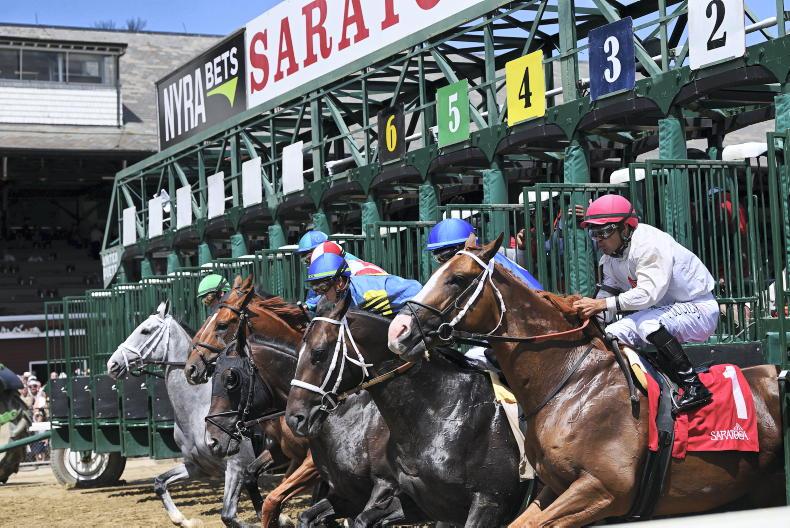



 This is a subscriber-only article
This is a subscriber-only article
 It looks like you're browsing in private mode
It looks like you're browsing in private mode







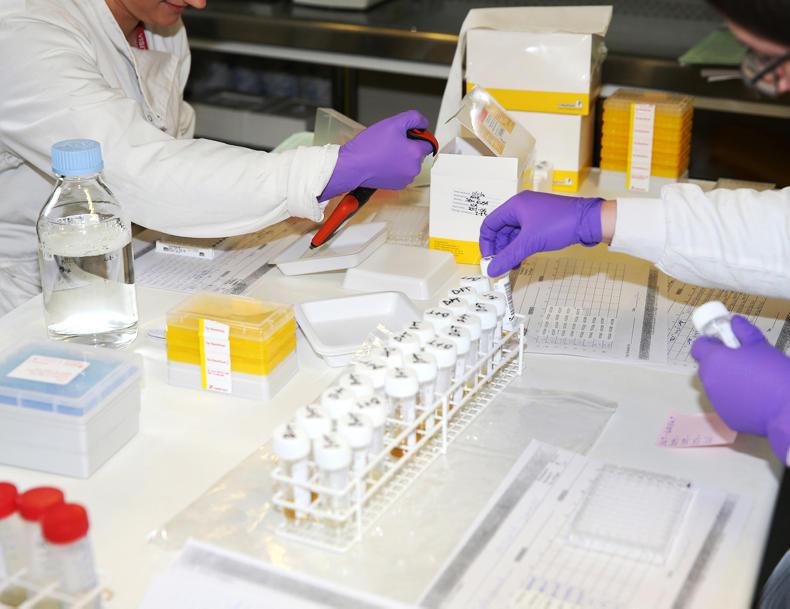

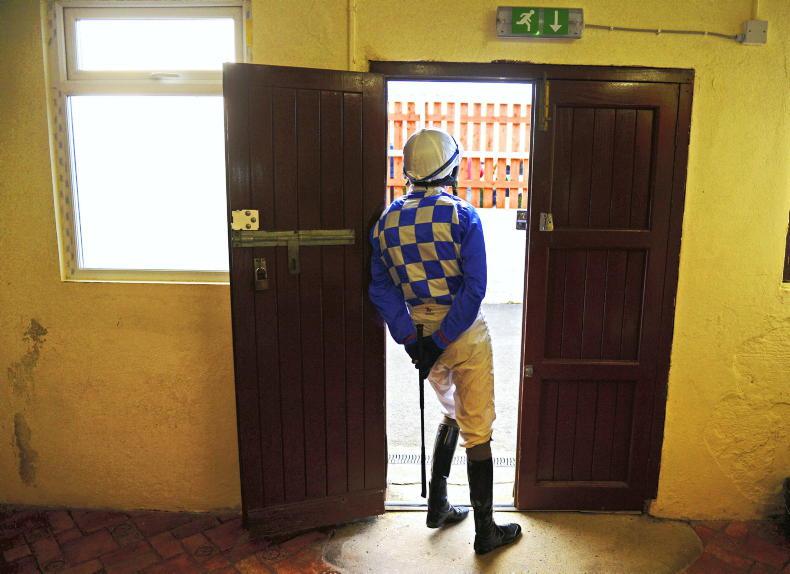

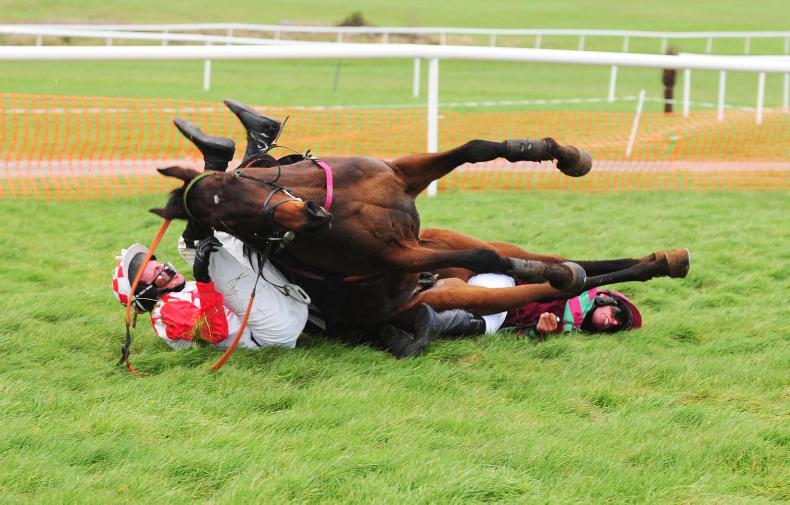
SHARING OPTIONS: